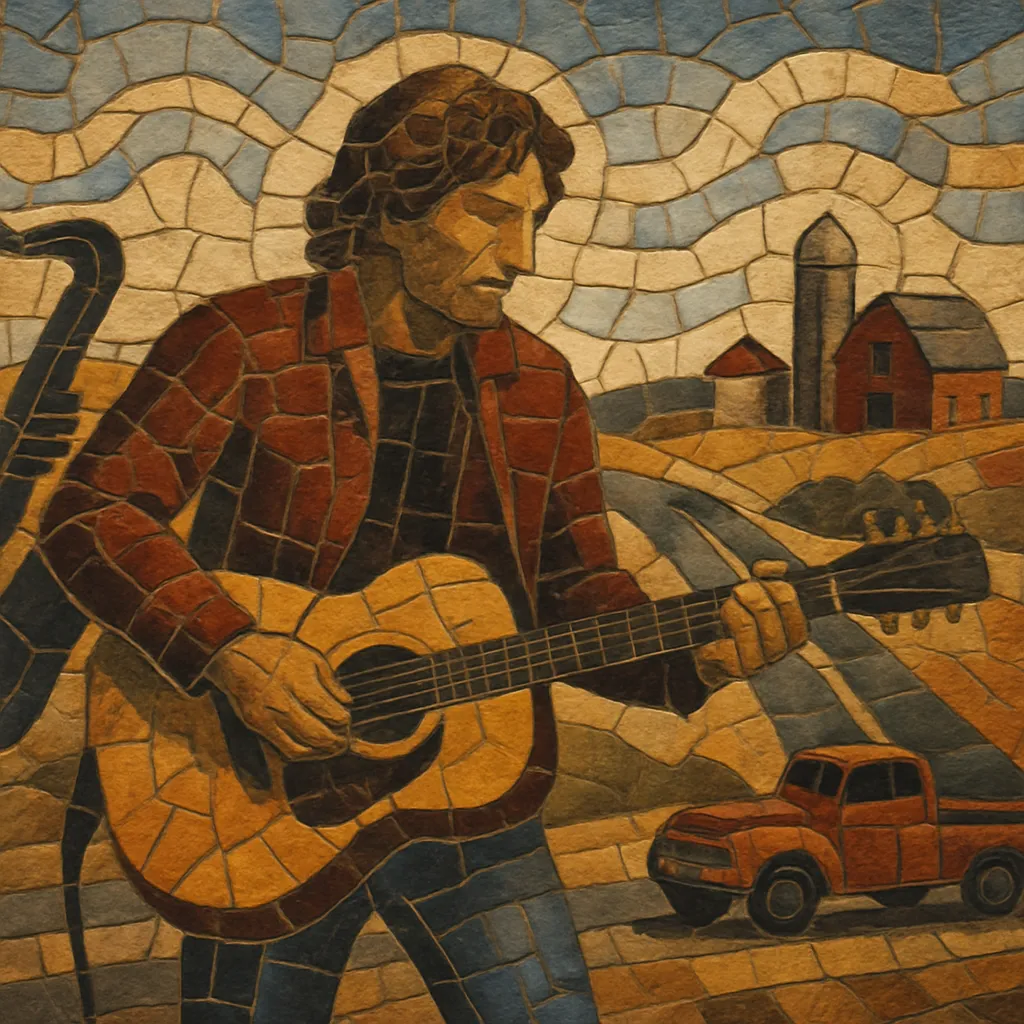
Heartland rock is a style of mainstream American rock defined by anthemic songwriting, plainspoken storytelling, and a roots-oriented band sound. It centers on working‑class life, small towns, highways, and everyday resilience, using vivid, cinematic lyrics and big, sing‑along choruses.
Musically, it blends the drive of classic rock with the twang of country rock and the earnestness of folk rock. Guitars (both electric and acoustic), organ or piano, steady backbeat drums, and occasional saxophone create a warm, road‑tested feel that favors live, unadorned arrangements over studio gloss.
Heartland rock coalesced in the late 1970s in the United States, particularly associated with the Midwest and Rust Belt. Artists drew on the direct storytelling of singer‑songwriters, the drive of classic rock, and the earthiness of country and folk rock to address working‑class realities. Early albums by Bruce Springsteen and Bob Seger sketched out the genre’s blend of cinematic narratives and arena‑sized hooks.
The 1980s marked the commercial zenith. Bruce Springsteen (Born in the U.S.A.), John Mellencamp (Scarecrow, The Lonesome Jubilee), Tom Petty and the Heartbreakers (Damn the Torpedoes), and Bob Seger & the Silver Bullet Band became radio staples. Their songs balanced hopeful choruses with portraits of small‑town life, industrial decline, and personal struggle, making the style both populist and socially observant.
As musical trends shifted toward alternative and grunge, heartland rock’s chart presence faded, but its DNA persisted. Elements of its candid lyricism and roots‑forward instrumentation filtered into Americana and alt‑country, while rock artists continued to channel its anthemic spirit and blue‑collar themes. The genre’s ethos—earnest, communal, and live‑band driven—remained influential even when the label was less used.
A new generation of acts revived and reinterpreted heartland traits—big choruses, ringing guitars, and roadway imagery—within indie rock frameworks. The style’s focus on dignity, community, and everyday endurance continues to resonate, ensuring heartland rock’s ongoing relevance across rock, Americana, and modern country‑leaning pop.

